Latest Blog Posts
Etiam placerat velit vitae dui blandit sollicitudin. Vestibulum tincidunt sed dolor sit amet volutpat. Nullam egestas sem at mollis sodales.
-
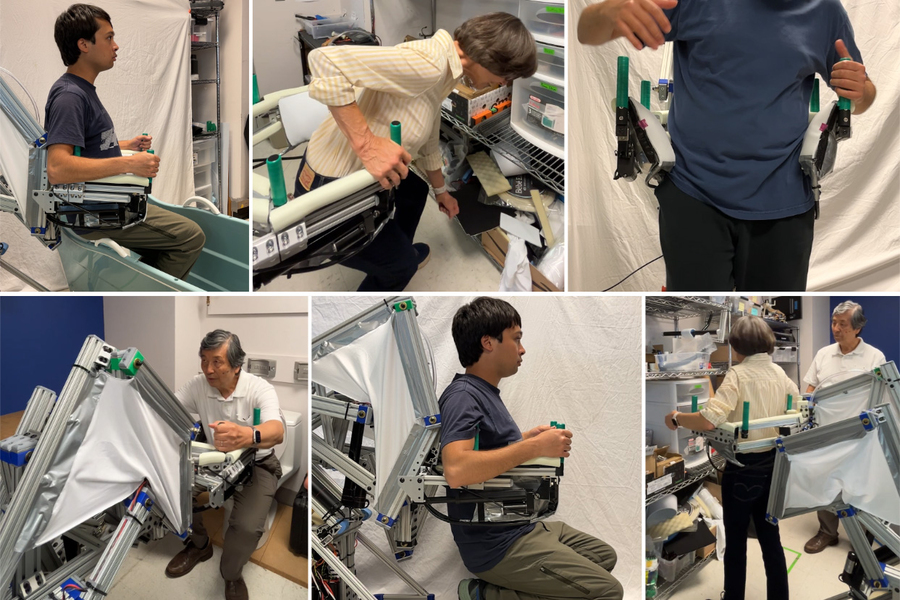
Video: MIT engineers develop a robot that catches a falling person without wearable devices or a harness
Engineers at the Massachusetts Institute of Technology (MIT) in the US have built and tested a mobile robot designed to physically support elderly people and prevent them from falling as they move around their homes. The Elderly Bodily Assistance Robot (E-BAR) was designed in a bid to address the challenges…
-
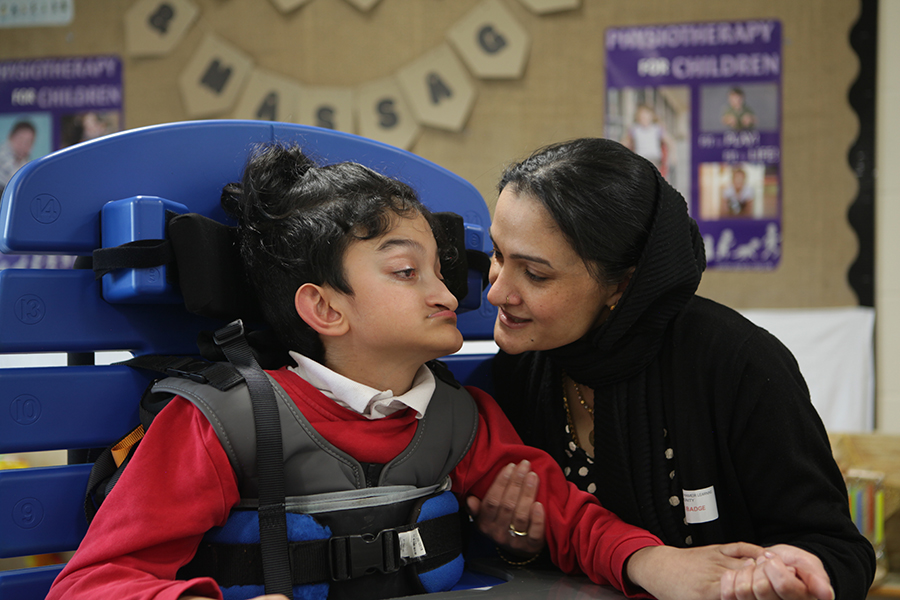
Case study: Standing system enables Zain to give his mum a standing cuddle for the very first time
Jenx’s Supine Stander 3 has helped 11-year-old Zain easily socialise at eye-level with his peers, give his mum a standing a cuddle for the first time, and go from a horizontal to standing position in seconds. Zain is a cheeky boy from Rochdale with a wonderful smile that instantly lights…
-
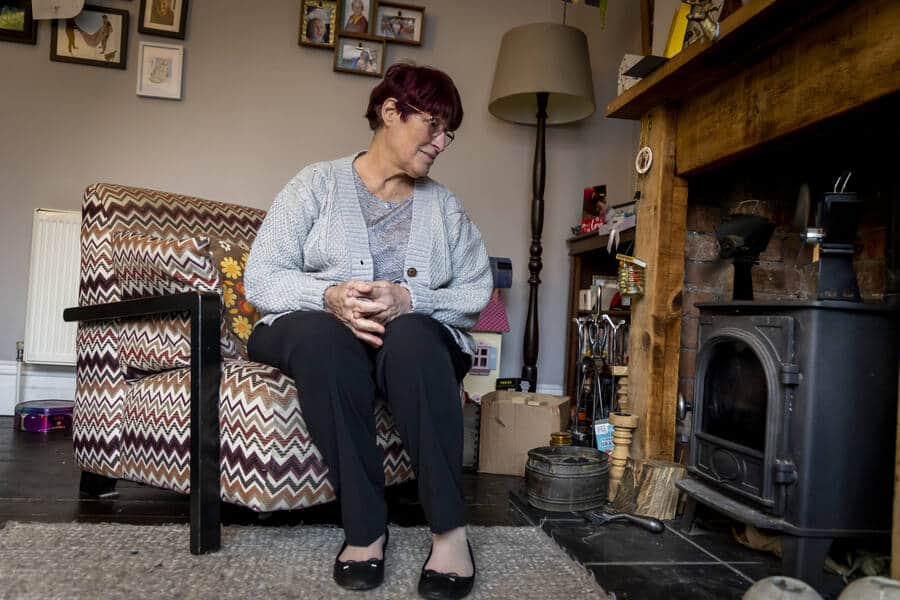
Research highlights the disconnect between how AT is developed and how it works in practice
A new study by the University of Chichester in collaboration with a range of universities and charities across the South coast highlights the critical gap between technological promise and lived reality for people with dementia. It found that innovation developed with the intention to help people, such as voice-assisted devices,…
-

Awards evening to recognise assistive tech innovators, retailers, suppliers and service providers
The British Healthcare Trades Association (BHTA) is inviting the healthcare and assistive technology industries to take part in its annual awards evening. The British Healthcare Trades Industry Awards 2025 will take place at Cutlers’ Hall in Sheffield on 4 December 2025. With a variety of categories to enter, the BHTA…
-
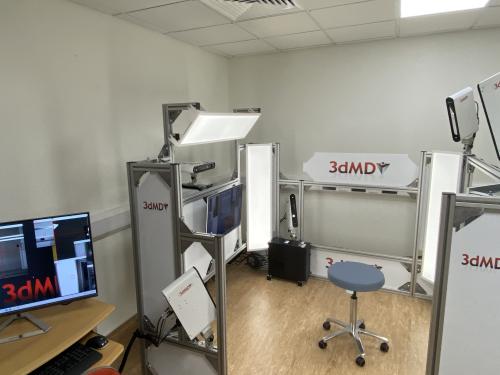
New Bristol 3D Medical Centre will develop cutting-edge, bespoke prosthetics and devices
North Bristol NHS Trust has opened an innovative centre for 3D scanning and printing, providing state-of-the-art technology for the development of bespoke prosthetics and devices. The Bristol 3D Medical Centre brings together expertise for digital planning, design, and manufacturing of patient-specific devices and medical models to enable safer and more…
-
[이슈 제안] AI 혁명, 시각장애인에게 ‘빛’이 될 것인가 ‘장벽’이 될 것인가 – 교육플러스
[이슈 제안] AI 혁명, 시각장애인에게 ‘빛’이 될 것인가 ‘장벽’이 될 것인가 교육플러스
-
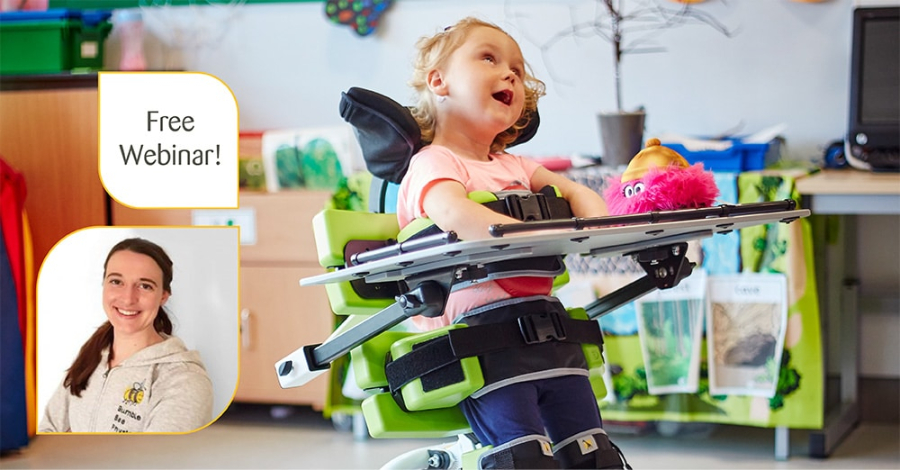
Webinar for HCPs will address increasing activity levels in children at risk of sedentary lifestyles
Jenx has announced that its next free webinar for healthcare professionals will discuss the strategies for increasing active time in two paediatric populations that are often more at risk of being sedentary in their daily lives. The webinar, ‘Move to Thrive’ will take a look at increasing activity levels in…
-
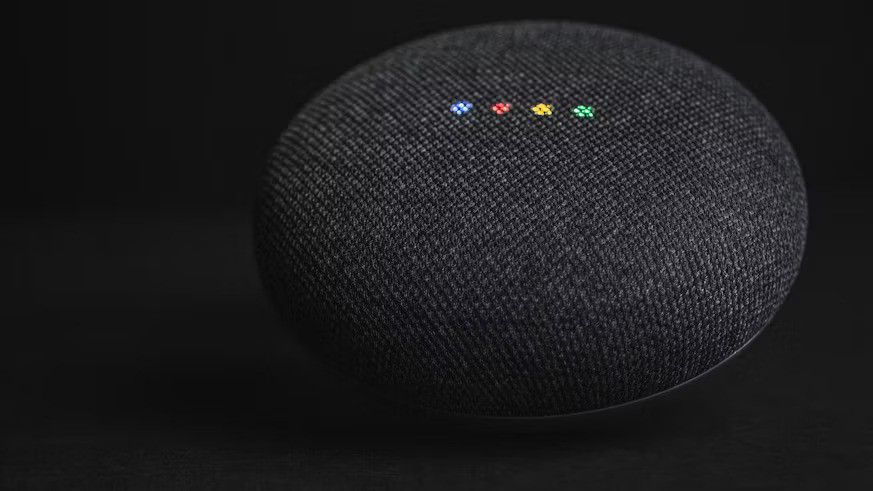
Off-the-shelf smart speakers can complement formal therapy for children with speech difficulties, study finds
New research from Cardiff University suggests that smart speakers might help children with speech difficulties practice speaking slowly and clearly. The study, led by academics at the Cardiff University School of Psychology, found that off-the-shelf speakers were an enjoyable and feasible speech practice tool to complement formal therapy. Importantly, the…
-

Scottish Government to provide a focal point for training, digital and support to health boards
Supporting people to lead longer, healthier, and more fulfilling lives will be at the heart of two new ten-year plans published by the Scottish Government, aimed at creating and maintaining good health, preventing disease, and reforming health and social care services. The Population Health Framework aims to tackle the root…
